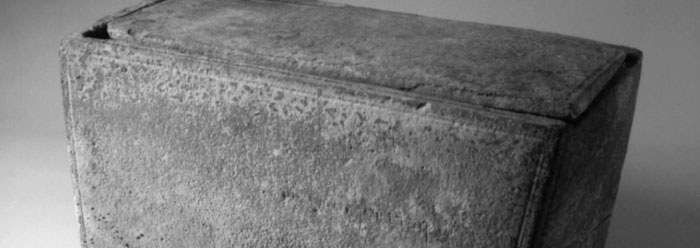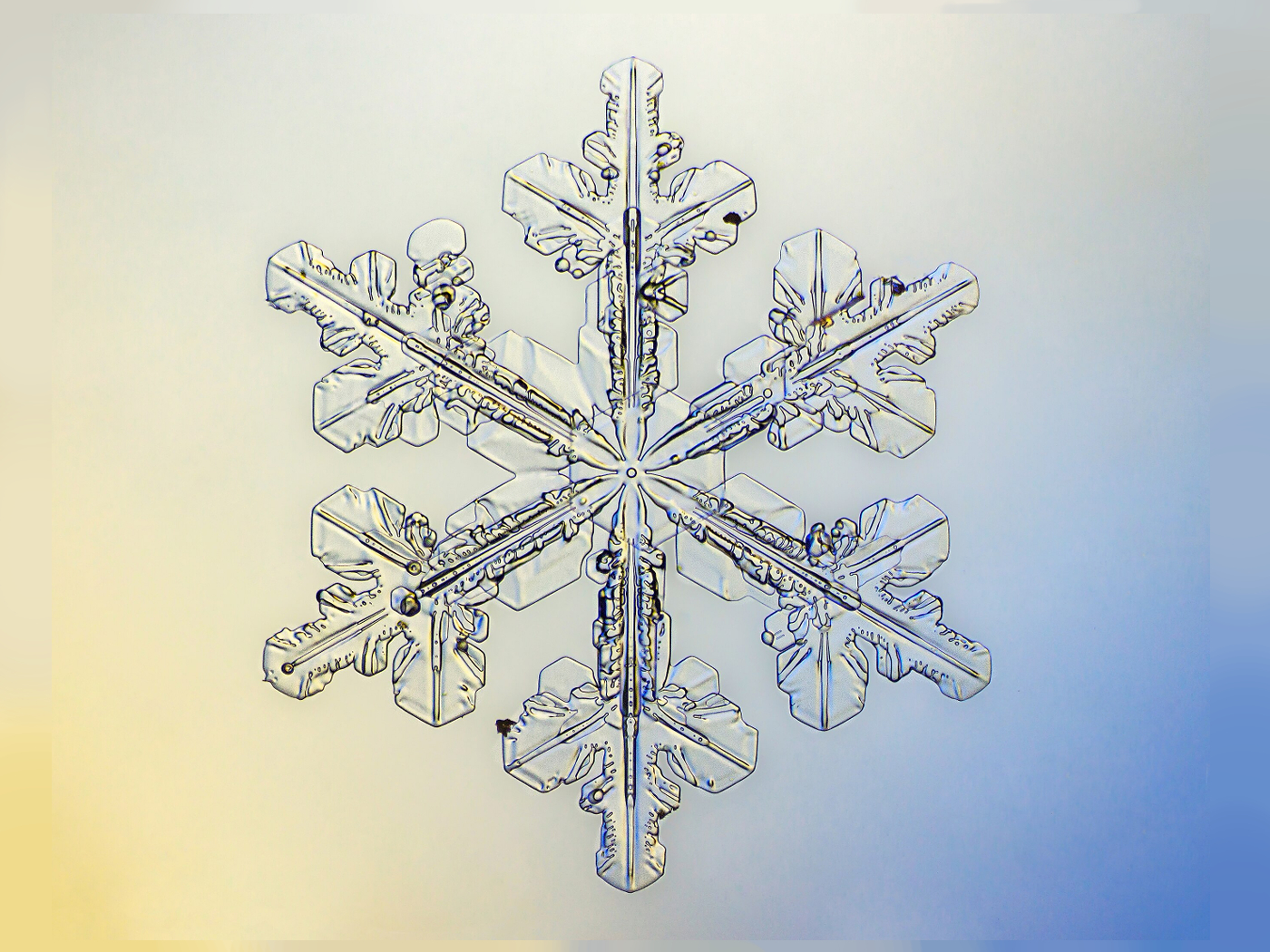In 2002, the Biblical Archaeological Society and the Discovery Channel announced in Washington, D.C. that an ancient inscription on a 2,000-year-old ossuary with the inscribed Aramaic words "James, son of Joseph, brother of Jesus" was genuine. However, controversy and a lawsuit over the veracity of the inscription followed. That's all over now, and the verdicts are in.
The November/December 2002 issue of Biblical Archaeology Review magazine published the translation, dated at between 6 and 70 A.D. according to paleographer Andre Lemaire.1 A paleographer is an expert in ancient inscriptions.
The ossuary was designed to hold previously-entombed human bones that were later interred. When it was discovered, the ossuary served as a lowly planter box.
Immediately after the Washington announcement, the bone box achieved worldwide attention. Some called it the most important New Testament archaeological discovery, since it verifies exact biblical relationships between Jesus, his brother James, and their earthly father Joseph.2 How amazing to think that this ossuary once contained the bones of Jesus' brother!3
However, the Israel Antiquities Authority, which was not aware of the ossuary's discovery prior to the Washington press release, accused the owner of forging the inscription. Years later, "experts" still said that the inscription was a modern-day forgery.4 The five-year trial ended in March 2012, when Jerusalem Judge Aharon Farkash acquitted the accused of all forgery charges, ruling that the prosecution could not show beyond reasonable doubt that the inscription was forged.5
Now, according to a triumphantly titled article in the July/August 2012 issue of Biblical Archaeology Review, "There is no reason to doubt the authenticity of the inscription on the James Ossuary."1
That article also summarized the results of a detailed statistical analysis of the likelihood that the James ossuary refers to Jesus of Nazareth. Considering the possible numbers of those who were named Jesus, Joseph, and James at that time, and then adding other statistical estimates such as the total adult male population, "the number of individuals in that population who bear the three names with this relation is 1.71[one or two]."1
Of course, the Bible is clear that there certainly was one named James whose father was named Joseph, and whose brother Jesus was worthy of the honor shown by inscribing His name on an ossuary. With as much surety as modern analysis can muster, this artifact and its inscription are genuine. And like so much of archaeology, it verifies exact details in the Bible, which is altogether trustworthy.6, 7
References
- Shanks, H. "Brother of Jesus" Inscription Is Authentic! Biblical Archaeology Review. Posted on bib-arch.org July/August, 2012.
- Rose, M. 2003. Ossuary Tales. Archaeology. 56 (1).
- More accurately, James was Jesus' half-brother.
- Kalman, M. The Burial Box of Jesus' Brother: Fraud? Time. Posted online September 5, 2009, accessed June 25, 2012.
- Breaking News: Golan and Deutsch Acquitted of All Forgery Charges. Bible History Daily. Posted on biblicalarchaeology.org March 14, 2012, accessed June 25, 2012.
- For example, the account written in the earliest Flood tablet 13539, written in cuneiform about 150 years after the Flood occurred and found in the ancient ruined Babylonian city of Nippur during the 19th century, does not differ in a single detail from the Flood narrative recorded in Genesis. See: Cooper, B. 2011. The Authenticity of the Book of Genesis. Portsmouth, UK: Creation Science Movement.
- For more discussion of the inscription, see: Franz, G. Not so Fast! 'Brother of Jesus' Might Be Authentic, but not 'James, the Brother of Joseph.' Associates for Biblical Research. Posted on biblical archaeology.net June 28, 2012, accessed July 17, 2012.
Image Credit: Copyright © 2012 Associated Press. Adapted for use in accordance with federal copyright (fair use doctrine) law. Usage by ICR does not imply endorsement of copyright holders.
* Mr. Thomas is Science Writer at the Institute for Creation Research.
Article posted on July 9, 2012.














